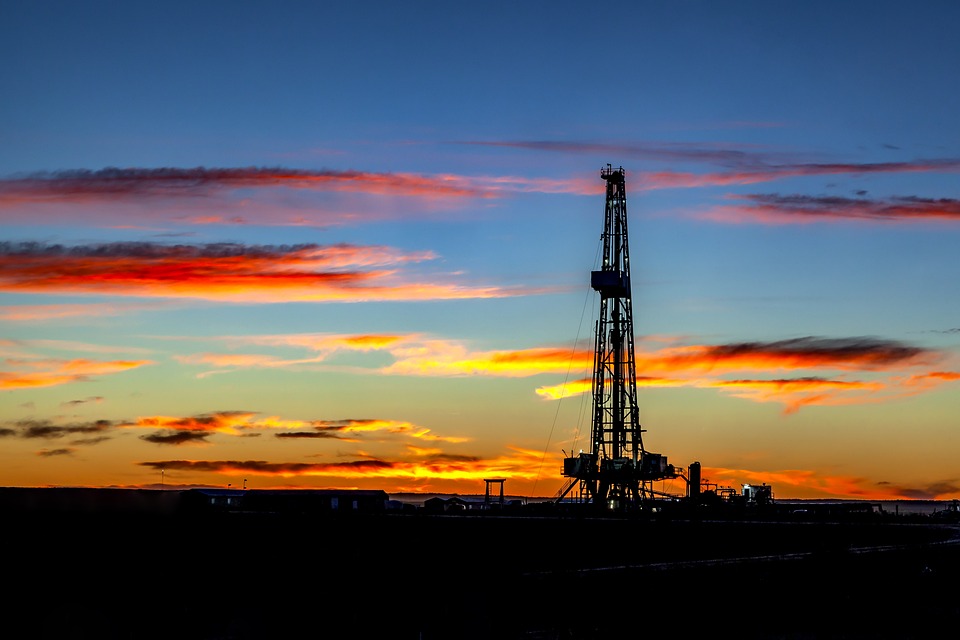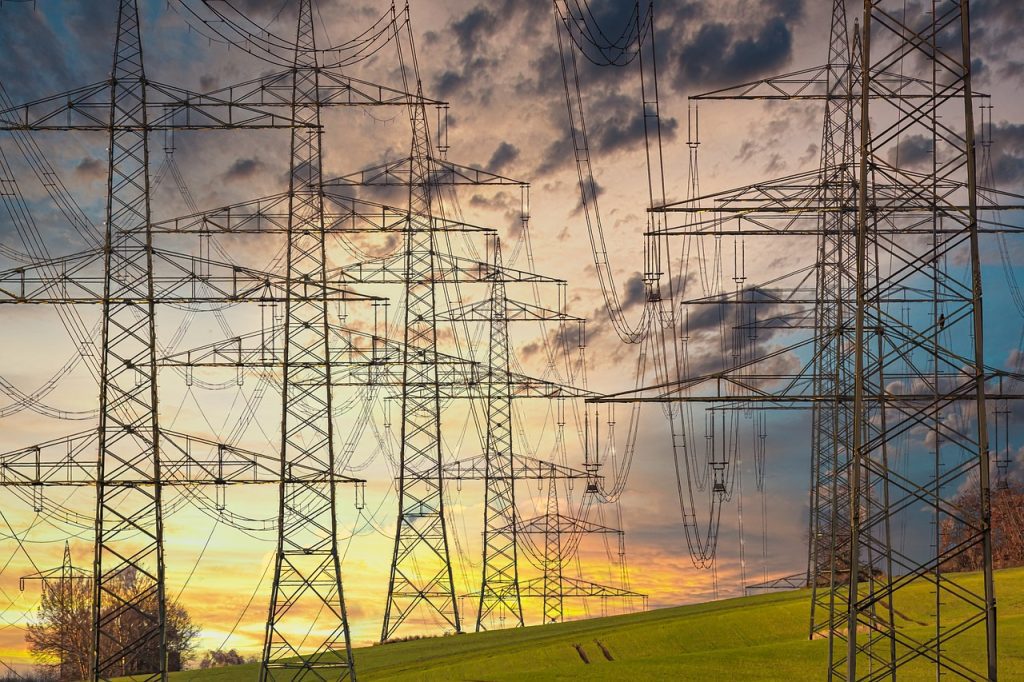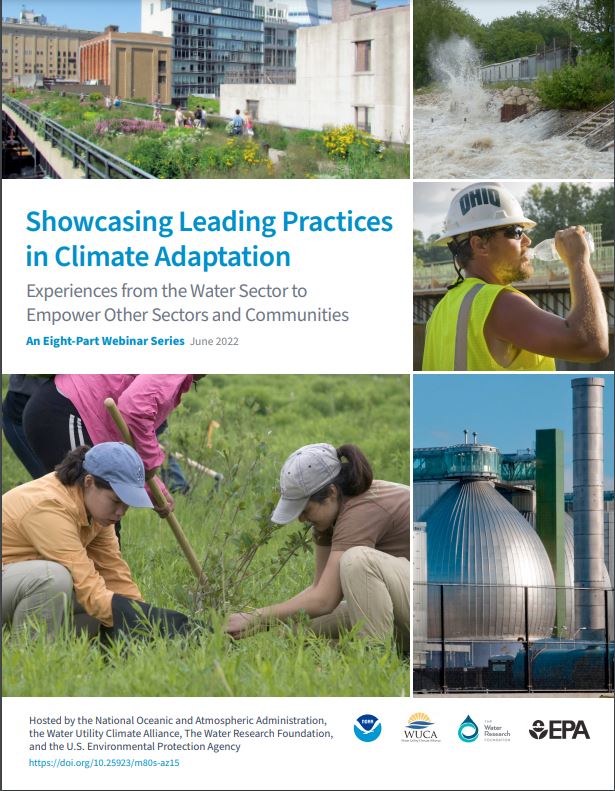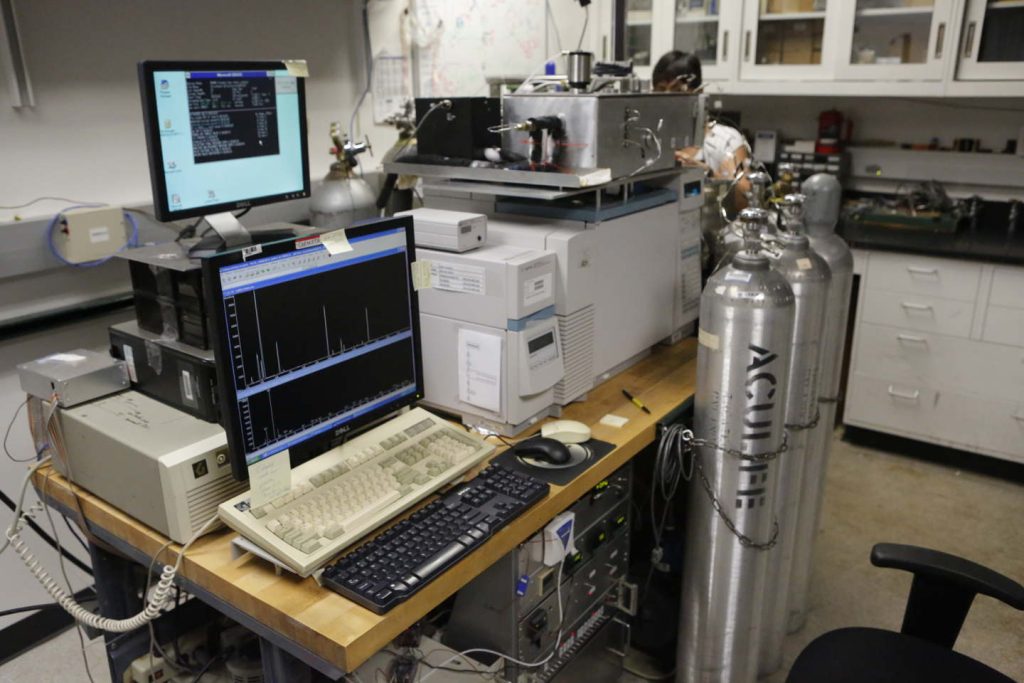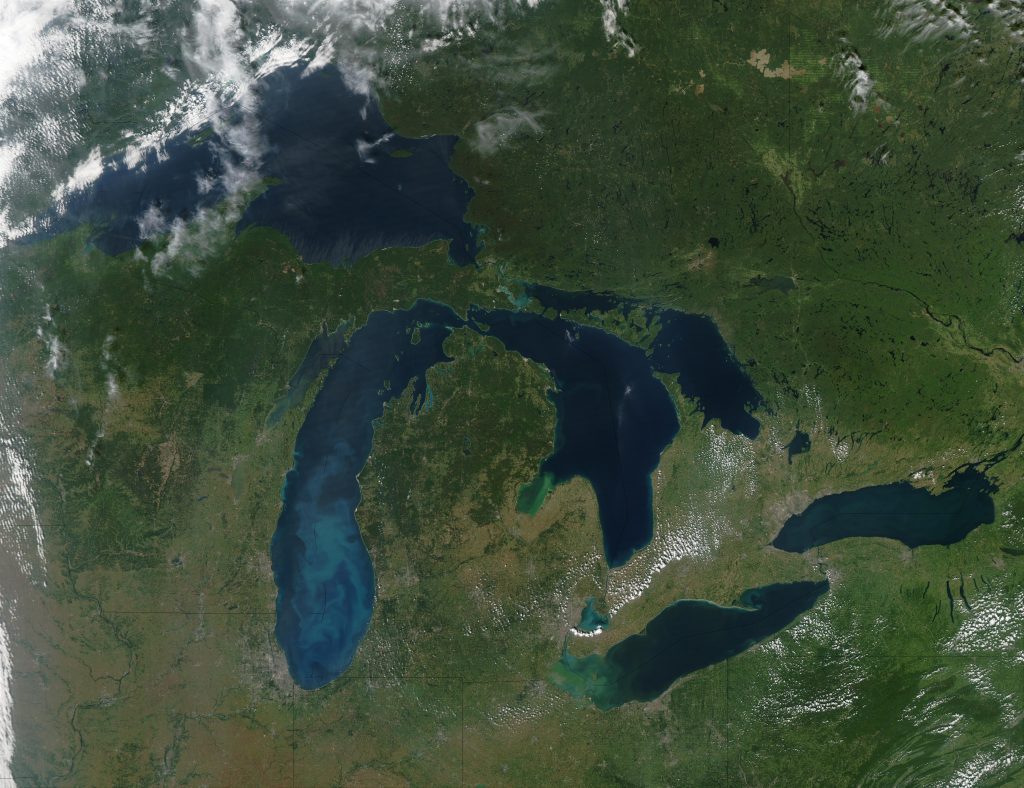Drivers of Methane Emissions and Intensities from US Oil and Gas Industry
A new study supported by AC4 sheds light on the driving factors behind methane emissions and intensity from the oil and gas industry in the United States from 2010 to 2019.
Drivers of Methane Emissions and Intensities from US Oil and Gas Industry Read More »


